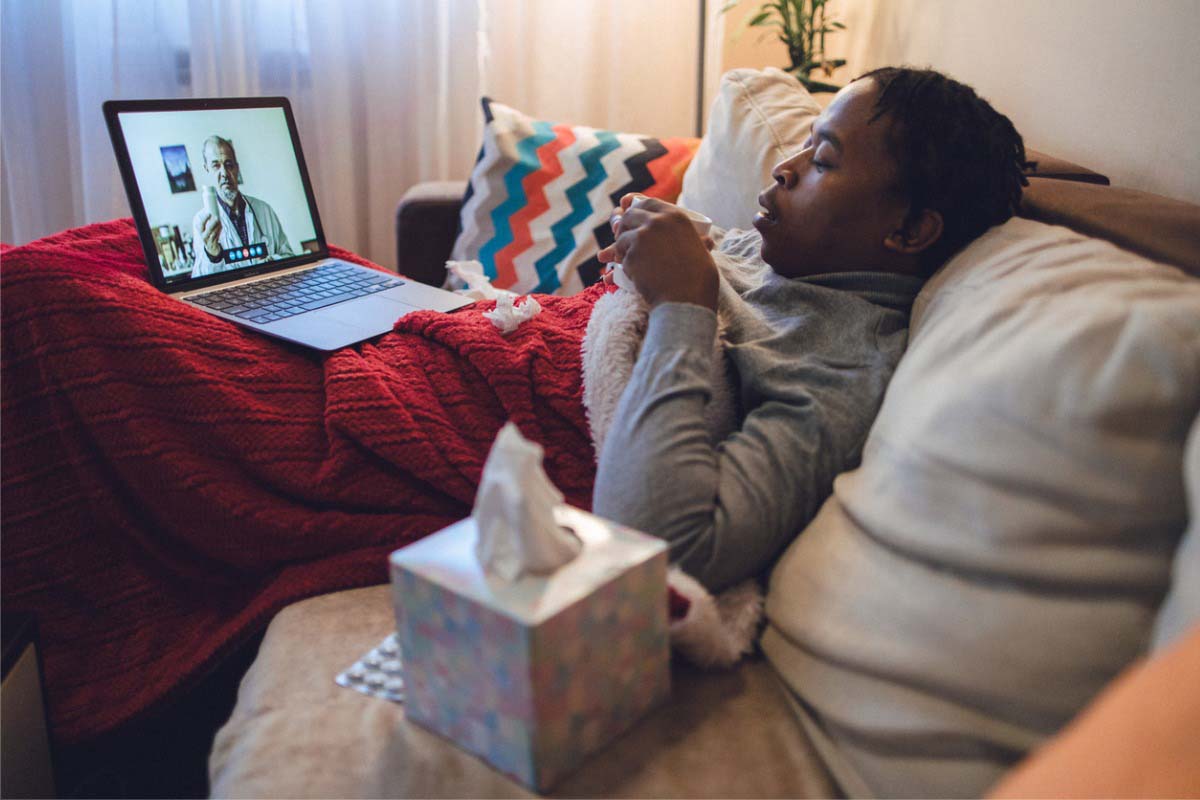Background: This study examined whether delivering behavioral activation for depression through telehealth is cost-effective compared to in-person care.
Methods: This was a randomized, noninferiority trial, with participants assigned to 1 of 2 arms of 8-week behavioral activation therapy: in-person or via telehealth. Primary clinical outcomes included measures of depression (Geriatric Depression Scale, Beck Depression Inventory, and Structured Clinical Interview for DSM-IV) at 12 months follow-up. Quality of life was assessed using the 36-Item Short Form Health Survey. Economic outcomes included the difference in health services utilization costs between 1 year post-intervention and 1 year pre-intervention, as quality-adjusted life-years (QALYs), and incremental cost-effectiveness ratios for differences in cost based on mean travel and median travel relative to the 3 primary outcomes and QALYs.
Results: 241 participants were enrolled and completed study procedures between April 2007 and July 2012. Post-intervention, veterans treated in-person had a mean of $2,998 higher VA health care utilization costs relative to their pre-intervention utilization costs, while veterans treated via telehealth had a mean of $870.91 higher costs post-intervention relative to pre-intervention. The difference between bootstrap mean and median QALYs was not significantly different from zero.
Conclusions: Although the intervention costs for telehealth were higher relative to in-person care, veterans receiving behavioral activation via telehealth had lower health utilization costs 1 year after the intervention than those receiving care in person while QALYs were approximately the same. These results demonstrate the noninferiority of telehealth in treating depression in veterans with respect to QALYs and a large and significant cost benefit of using telehealth in terms of health services utilization post-intervention.
Trial Registration: ClinicalTrials.gov identifier: NCT00324701
Members Only Content
This full article is available exclusively to Professional tier members. Subscribe now to unlock the HTML version and gain unlimited access to our entire library plus all PDFs. If you’re already a subscriber, please log in below to continue reading.
Please sign in or purchase this PDF for $40.00.
Already a member? Login




